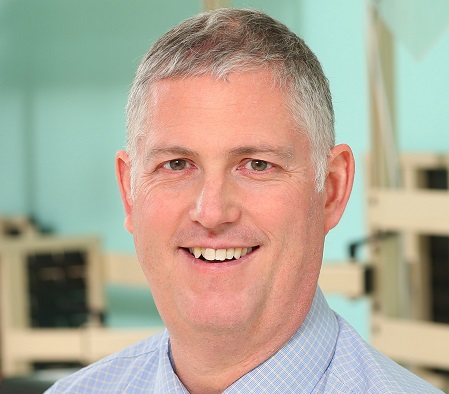Healthcare and medical devices are the focus of this year’s IDEA Product Development Bootcamp. The themed approach is in contrast to last year’s bootcamp where participants worked on ideas in any field.
The Halifax-based project asks participants, who are all students of design, engineering or business, to work together in teams of three for six weeks. The aim is to share diverse talents and perspectives to enable the creation of viable products.
IDEA, which means the Innovative Design and Entrepreneurship Academy, is a collaboration between Dalhousie University’s faculty of engineering, its Rowe School of Business and Nova Scotia College of Art and Design.
It’s part of the IDEA Sandbox, now in its second year, which aims to transfer academic research and experience to the business world. Sandboxes are groups of collaborators in universities and colleges.
“The integration of product design, engineering and business are central to the development and commercialization of successful products,” said Dr. Clifton Johnston, team lead and National Sciences and Engineering Research Council Chair in Design Engineering at Dalhousie.
This year’s focus on the medical area makes sense as all three bootcamp mentors have experience in the field.
“We all understand the health care area,” said Johnston. The other mentors are Glen Hougan, an associate professor of design at NSCAD, and David Roach, an assistant professor at the Rowe School of Business. Their combined experience includes research into aging and medical devices, such as stents, used to treat aneurysms.
“We have connections too, which we’re able to leverage,” Johnston said.
“We brought in six people we know and they talked to the students about what they see as the problems in their industries.”
After hearing the presentations, students attempted to create solutions. With this year’s bootcamp now nearing its end, students are working on diverse ideas. They include helping people with incontinence—one team is improving bed pan design—to designing cups for arthritis sufferers.
Two teams are looking at using light therapy—one to treat depression and the other to treat SAD (seasonal affective disorder).
Another team is considering how sufferers of diabetes can monitor their blood sugar through their cell phones. While another, comprised of non-swimmers, is designing clothing that incorporates discreet buoyancy support.
Johnston thinks it realistic to hope that one or two of the student ideas will become real products. A team from last year’s bootcamp devised an innovative compost bin under the name Tilt Organics, which they are still working on.
“The main thing is that students learn good process, so that even if this current product idea doesn’t work out, they’ll know good process which they can follow the next time they see a problem,” he said.
This is the second year of the IDEA bootcamp, which is held at the IDEA Waterfront Design Studio on the Halifax waterfront. The project is supported by the provincial government. At the moment, there is funding for one more year. Johnston said the organizers haven’t decided whether they will continue with the themed approach next year, but it makes sense given the depth of knowledge available from faculty at Dalhousie and NSCAD.
Oceanography, for instance, could be next year’s theme, he said.
“We could connect with an oceanography faculty member and make them part of the team. We could include oceanography students. (Two health care students joined the current cohort.)
“On the other hand, this year’s focus has been on home healthcare. Next year, we might focus on hospitals.”
Johnston said product development takes a long time, but the bootcamp is an effective starting point.
“In six weeks, students may get to the point of an appearance model and an initial business plan,” he said.
Students who want to continue developing an idea after the bootcamp can apply for IDEA seed money and mentorship.
“I hope that in 10 years 100 per cent of participants will go on to do something entrepreneurial,” Johnston said.










